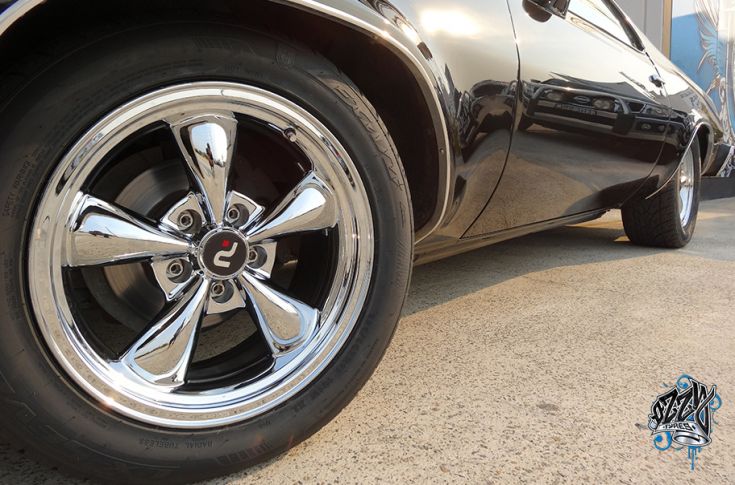 The level of thought you put into a tire purchase depends on what you plan to do with the tires. If you only commute to work and back, tire buying will be easy—but if you want to have traction on rocky, rough or slick terrain, you’ll need to give your off-road tire purchase some thought. When someone buys an off-road vehicle, 4WD wheels and tires are usually the first thing to be changed. Below is some information on tire selection and technology.
The level of thought you put into a tire purchase depends on what you plan to do with the tires. If you only commute to work and back, tire buying will be easy—but if you want to have traction on rocky, rough or slick terrain, you’ll need to give your off-road tire purchase some thought. When someone buys an off-road vehicle, 4WD wheels and tires are usually the first thing to be changed. Below is some information on tire selection and technology.
Tread Pattern is Important
Many judge off-road tires based on tread, which makes sense. Aggressive tread patterns tell buyers that the tires will fling sand, mud and rocks with ease. Tread pattern is something that helps set 4WDs apart from commuter vehicles, as well. For the purposes of this article, there are five tread design groups: rock-crawler, mud terrain, all-terrain and street. While these designations may be a bit all-encompassing, they are a good measurement of what drivers need in a 4WD tire.
Tire Construction
One area of advancement in 4WD tire composition is in the protection of sidewalls from punctures by roots, rocks and other trailside perils. Some tires use Kevlar, while others use stronger rubber compounds and stronger cords in the sidewalls. Another construction category is rubber compounding. Softer compounds make more flexible tires, which have great grip on rocks and pavement. However, softer tires wear out faster, and you’ll be buying them more often. However, there are numerous options from Ozzy Tires that strike a balance between longevity and traction.
 Radial vs. Bias Ply
Radial vs. Bias Ply
Some 4WD owners believe that bias ply tires are the best choice for off-roading. Bias ply construction is an old manufacturing method, with corded layers applied diagonally to the tread’s centerline at alternating angles. Bias ply tires require more layers, which make them heavier and stiffer. Bias ply construction does offer great puncture resistance, but today’s bias ply tires are typically used for utility and agricultural applications.
By comparison, radials are composed of steel belts applied from bead to bead at a 90 degree angle. The belts are rubber-coated, and steel cables may be added for extra strength. A radial tire’s composition more effectively manages heat, and the sidewalls are more flexible while the tread patch is stable. Because of their composition, radials dominate the market, and these tires are a great solution for most off-road applications.
Deciding to buy tires online depends on a few factors: the way you use your vehicle, the look you want, and the size you need. Any of these factors can be a determining factor in your decision, but considering vehicle usage will help you make a satisfying purchase. By honestly evaluating your needs and the compromises inherent in each decision, you can make the right choice for your vehicle.





Comments by Direct Connect Auto Transport